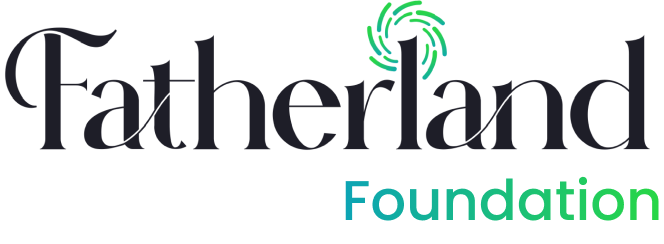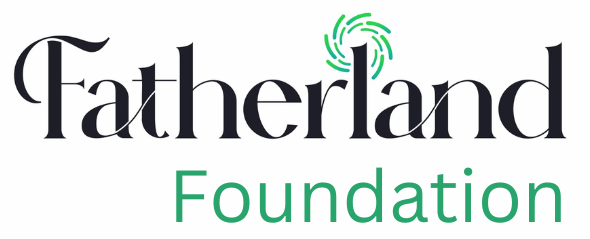Africa’s contribution to the worldwide research Literature.
ROBERT J. W. TIJSSEN
Centre for Science and Technology Studies (CWTS), Leiden University, Leiden (The Netherlands)
Centre for Research on Science and Technology (CREST), Stellenbosch University, Matieland
(South Africa)
This paper examines general characteristics of African science from a quantitative
‘scientometric’ perspective. More specifically, that of research outputs of Africa-based authors published in the scientific literature during the years 1980–2004, either within the international journals representing ‘mainstream’ science, or within national and regional journals reflecting ‘indigenous science’. As for the international journals, the findings derived from Thomson Scientific’s Citation Indexes show that while Africa’s share in worldwide science has steadily declined, the share of international co-publications has increased very significantly, whereas low levels of international citation impact persist. A case study of South African journals reveals the existence of several journals that are not processed for these international databases but nonetheless show a distinctive citation impact on international research communities.
Introduction
Many contemporary commentators and analysts argue that scientific research in Africa is now lagging far behind other regions in the world and in dire need of large investments in order to catch up with other developing regions (e.g., HASSAN, 2001; SACHS, 2005; WORLD BANK, 2005). In those cases where African countries appear in international comparative studies of research performance, they usually exhibit very low ratings (e.g., KING, 2004). These statements and analyses are usually backed up by anecdotal evidence, selected case studies, and R&D statistics of African countries, all of which are generally recognized to be of limited practical value for truly systematic assessments within and across African countries and fields of science. It is clear that the problems of collecting reliable, up-to-date and truly comparative data on African science at the international level, and making sense of them for policy purposes, presents a huge challenge for the many African countries, especially for those nations that play only a minor role in the world’s science. Input statistics of science, such as head counts of researchers, or share of government funding spend on research, would seem to have a practical appeal for analysts and decision-makers alike because several key resources of science can be quantified and statistically analyzed are relatively easy, defined in monetary units (permitting ratios with other economic and financial measures), thus presenting themselves as acceptable proxies for complex phenomena. In practice, even these ‘easy’ statistics are often problematic, mainly because official national statistics on magnitude and distributions of resources and research personnel
are often missing, outdated, or the existing statistics fail to meet international quality standards and statistical manuals.
So, rather than focusing on input statistics, this empirical study focuses on tangible outputs of research. We focus our attention on outputs of basic ‘academic’ research that are published in the research literature, representing a proxy of the overall output of scientific research to gauge the general health of science systems. An added benefit of this information source is that it may also indicate the existence of scientific research in places and settings where no formal R&D activity is recorded by national surveys or
according to official government statistics.
Four broad categories of research literatures are available in the public domain, each representing a valuable source of information for within-country or cross-country comparisons of scientific capacities and achievements: (I) international peer-reviewed science and engineering journals, and conference proceedings; (II) national or regionalpeer-reviewed journals and conference proceedings; (III) books and book chapters, and (IV) reports, or other research-based documents. Each of these four research literatures enable analysts to produce external empirical representations and comparative statistics of science, but also allows for categorization and quantification of numerous features of research-based activities, outputs and impacts. Such literature-based quantitative (‘scientometric’1) studies on African science are not in great abundance, although the analytical potential of this approach for the developing countries was already recognized and strongly advocated in the 1980s (e.g., FRAME, 1980; BLICKESTAFF & MORAVCSIK, 1982; GARFIELD 1983; MORAVCSIK, 1985). More recent scientometric research articles dealing in part with Africa, or with specific African countries, include: KONRAD & WAHL (1990), CHATELIN & ARVANTIS (1992), GAILLARD (1992), SHRUM(1997), and NARVAEZ-BERTHELEMOT et al. (2002). Following up on aggregate-leve scientometric data published in the UNESCO series of World Science Reports, 2 the French Institute de Recherche pour le Développement (IRD) produced a more recent report with some statistics on the state of African science, which covers many African countries but lacks comprehensive cross-country comparisons (WAAST, 2002). The study by ARVANITIS et al. (2000), who used the French PASCAL bibliographic database as a source, is one of the few cases where African countries are systematically compared. Other scientometric studies, such as JACOBS & INGWERSEN (2000), POURIS (2003; 2005) or INGWERSEN & JACOBS (2004), provide a welcome measure of quantitative detail on academic research in South Africa, but their scope and coverage
of the research literature (category I only) is too constrained to serve as a broad framework for comprehensive cross-country analyses at the African level. The most recent edition of the United Nations Institute of Statistic’s Bulletin on Science and Technology Statistics presents macro-level information on scientific publication output in Africa as a whole for the years 1981–2000 (UIS, 2005). The results of this analysis indicate that Africa represents 1.4% of the worldwide publication output in 2000, where the share of Sub-Saharan Africa has since the mid-1980s gradually decreased to a level below 1%. This paper has a dual objective: (1) to update and expand the scientometric analyses of the African continent and individual African
countries, and (2) to explore the added-value of category II research literature for quantitative analyses of Africa’s local research.
Methodology and information sources
Peer-reviewed scholarly and professional journals are one of the very few internationally comparative sources of information on scientific outputs. This international frame of reference is usually defined by the journals that are processed by Thomson Scientific3 for their series of Citation Indexes (CI). These bibliographical
databases, indexing the contents of some 9,000 journals, include the Science Citation Index (SCI) and, more recently, their web-based edition Web of Science (WoS). These CI-databases currently provide the most comprehensive and reliable source of information on basic research activity across all countries and fields of science.4,5 The bibliographic records of research articles published in CI-listed journals include all author names and all their addresses. Similarly to most of the earlier scientometric studies, ‘African science’ is represented in this paper by research articles that were (co)authored by Africa-based researchers – i.e. with an affiliate address located in Africa. Virtually all research articles in CI-listed journals will also include footnotes, endnotes, or reference lists that acknowledge the information sources the authors considered to be of some relevance for the research reported in the paper. Our analysis therefore concerns not only the output of those articles, but also the quantities of citations these publications received from other CI-covered articles. The citation impact of these articles is often used as an indicator of international scientific impact, which in turn reflects, to some degree, their scientific relevance and quality. Since the CIdatabases focus on English-language journals with a good international reputation, including the world’s most highly cited journals, the coverage of research articles in these CI-listed journals is considered to be adequate for bibliometric studies of most fields of science within the advanced countries. The significance of these ‘elite’ journals for describing the state of science in Africa is less clear.6 Recent studies by BERNARDES & ALBUQUERQUE (2003) and ALBUQUERQUE (2004) suggest that CI-based studies enable descriptions of knowledge-generating activities in less developed countries in terms of:
- commitment of individuals or institutions (universities and other knowledge-generating institutions) to engage in basic research activities of an international level
- local or regional infrastructures that are able to educate, train or host, scholars and researchers who (co-)publish in international peer-reviewed scientific journals.
- capabilities to absorb flows of international scientific and technical knowledge and apply that knowledge in their research.
As more and more of the international and domestic research literature is added to journal-based bibliographic databases nowadays, the validity of this scientometric approach is indeed likely to increase, as does the strategic relevance of CI-based scientometric findings. The next section presents statistical information on output and citation impact of African research published in ‘main stream’ CI-listed journals,
followed by case study that explores the added value of information on output and citations of African research articles that were disseminated in ‘peripheral’ domestic or regional journals.






